image gallery

Publicity Photo Library on SmugMug
Photo library for all NISE Network projects is hosted on SmugMug.
Product
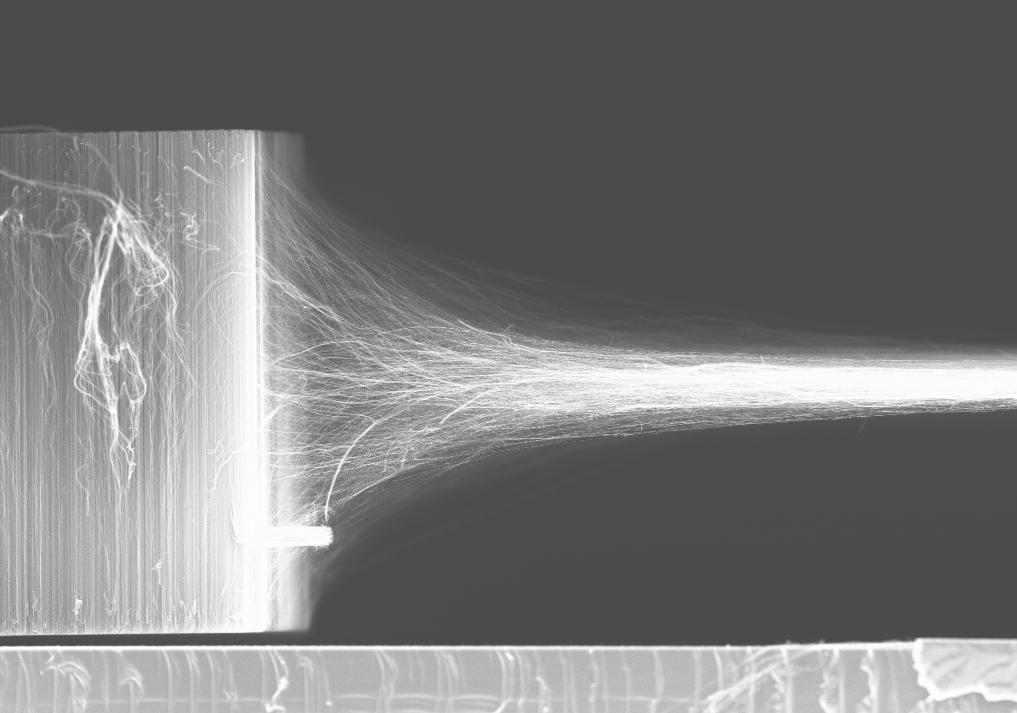
Scientific Image - Multiwalled Carbon Nanotube Yarn
Magnified image of nanotube yarn fibers using a Scanning Electron Microscope.
Product
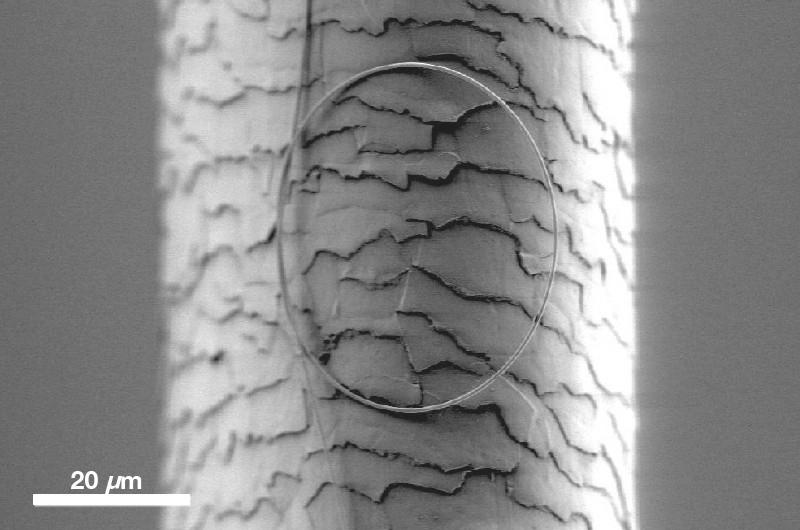
Scientific Image - Nanowire Resting on a Human Hair
Magnified image of nanowire resting on a strand of human hair using a Scanning Electron Microscope.
Product
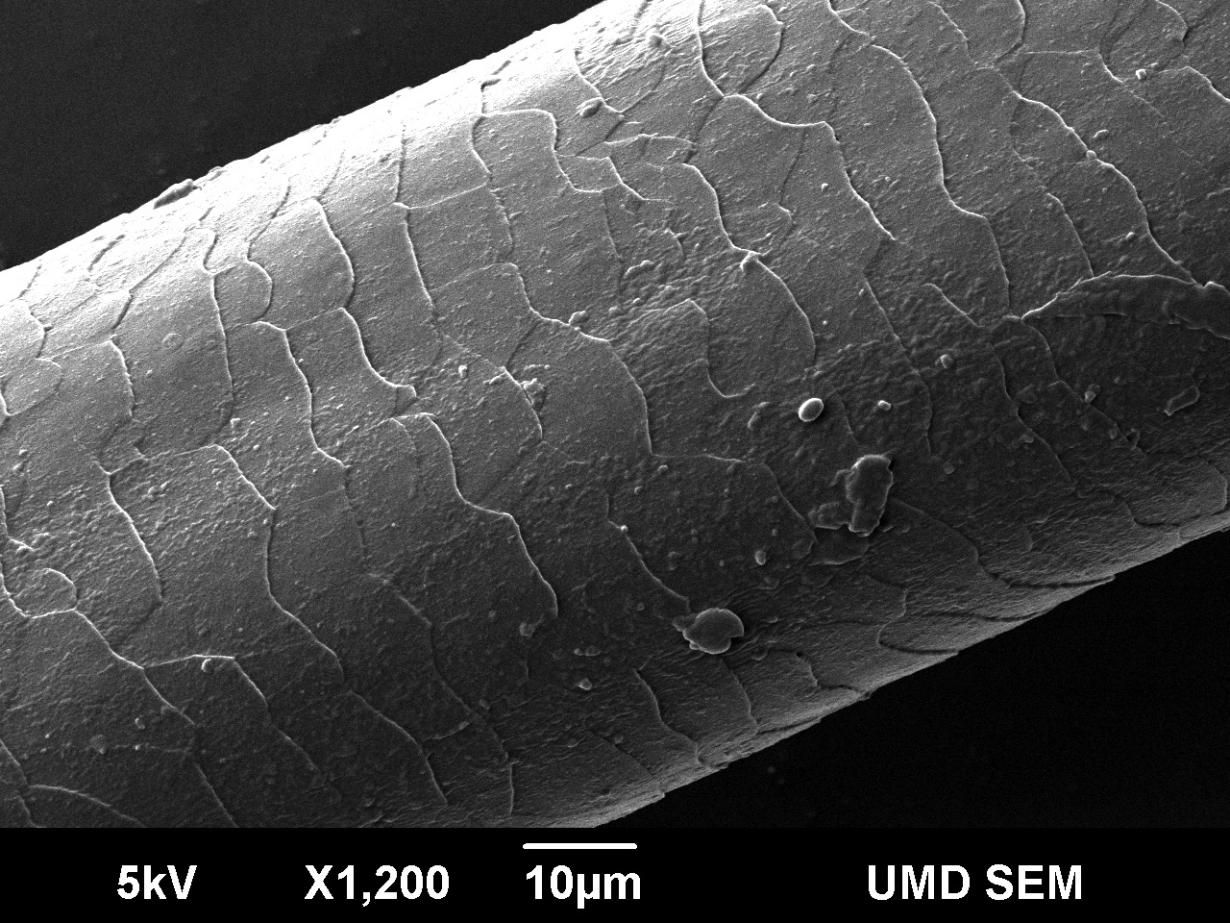
Scientific Image - Human Hair
Magnified image of a strand of human hair using a Scanning Electron Microscope.
Product

Scientific Image - Human Venule
Magnified image of a human venule using an optical microscope.
Product
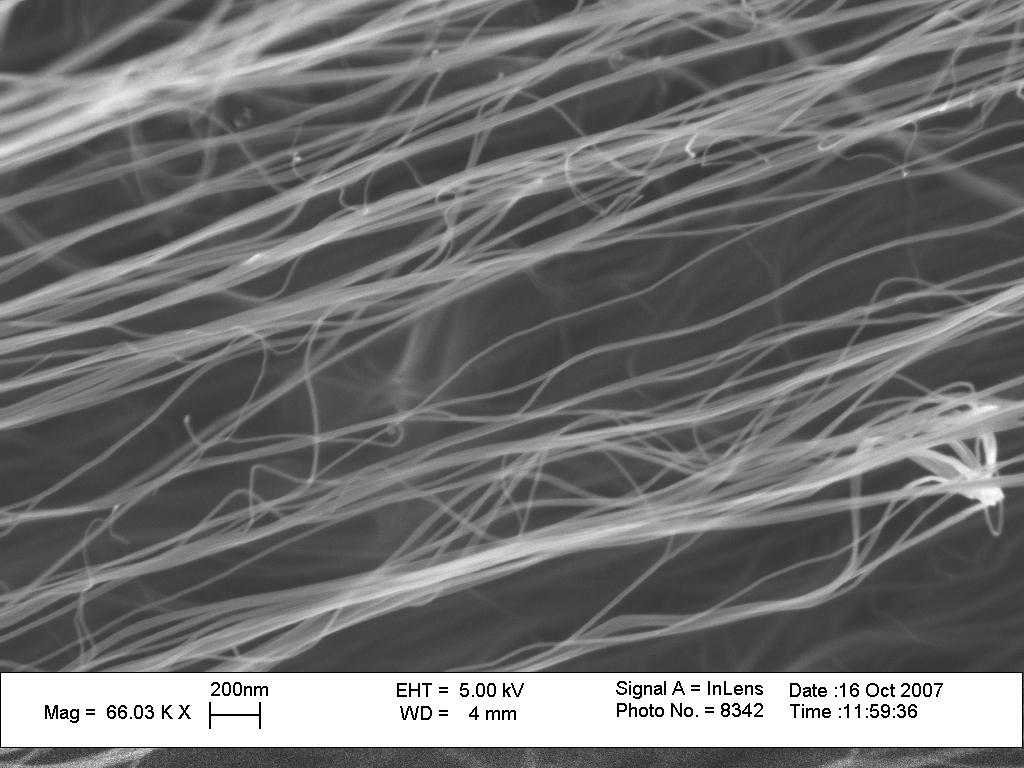
Scientific Image - Singlewalled Nanotube Paper
Magnified image of singlewalled nanotubes using a Scanning Electron Microscope.
Product
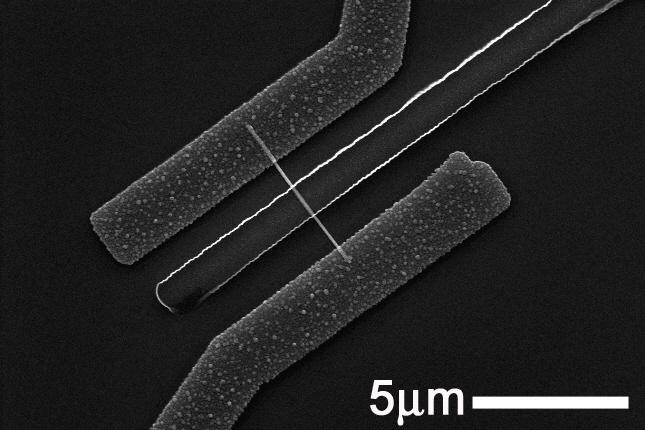
Scientific Image - Indium Arsenide Nanowire Field-Effect Transistor
Magnified image of an indium arsenide (InAs) nanowire field-effect transistor using a Scanning Electron Microscope.
Product
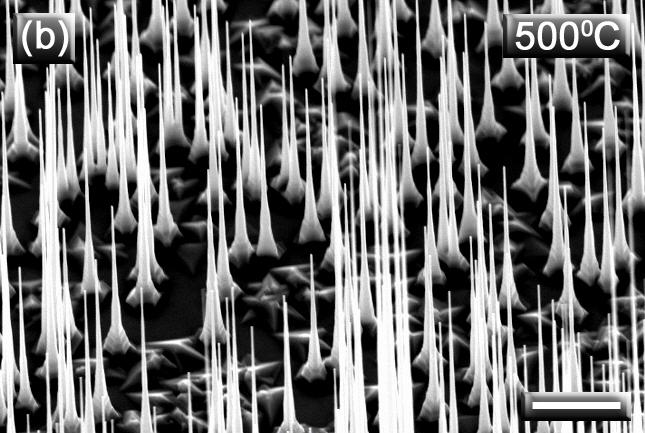
Scientific Image - Indium Arsenide Nanowires
Magnified image of indium arsenide nanowires using a Scanning Electron Microscope.
Product
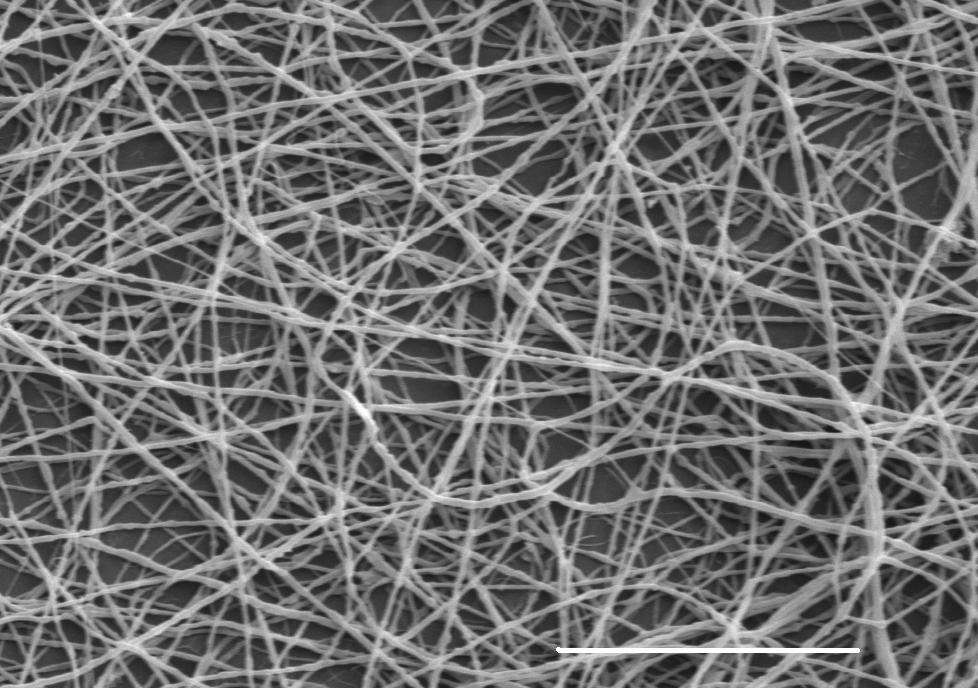
Scientific Image - Electrospun Scaffold
Magnified image of electrospun scaffold using a Scanning Electron Microscope.
Product
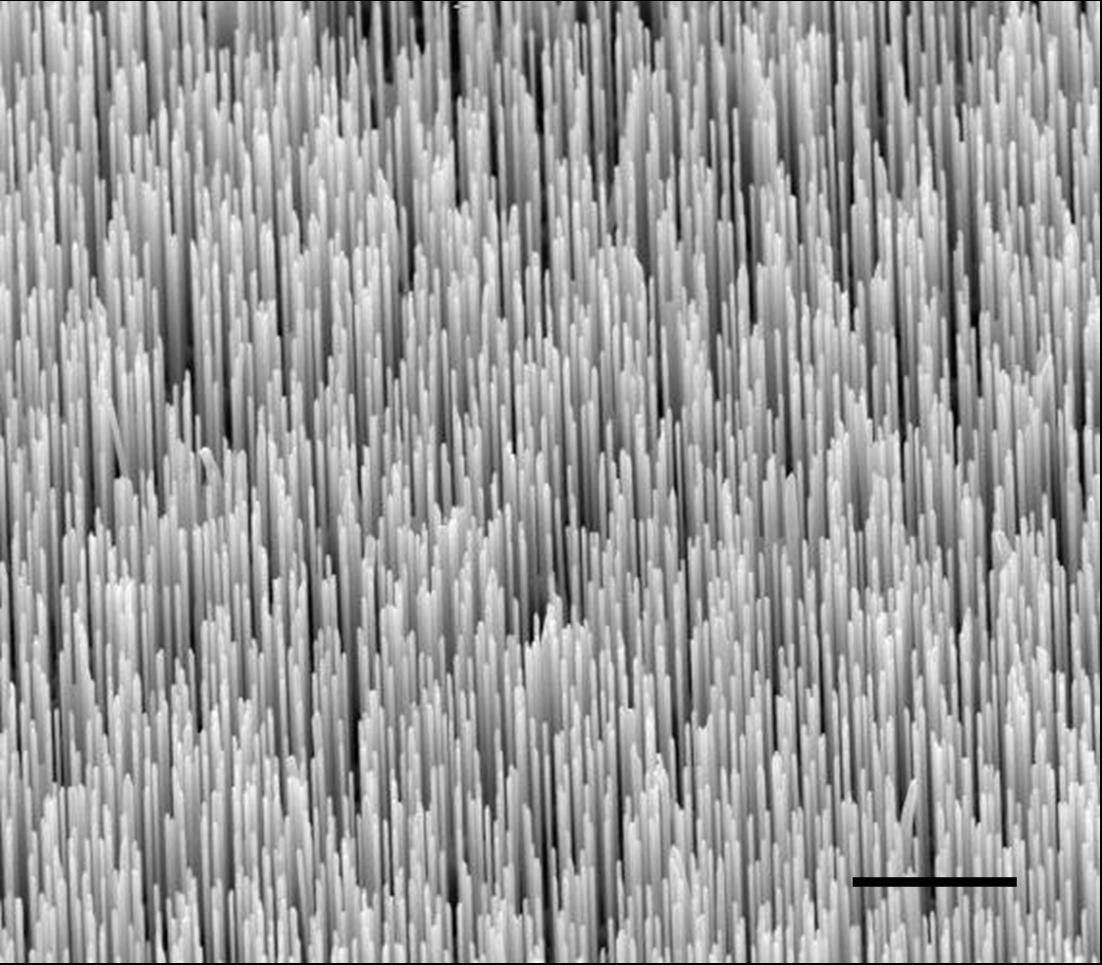
Scientific Image - Zinc Oxide Nanowires
Magnified image of zinc oxide nanowires on a sapphire substrate using a Scanning Electron Microscope.
Product
